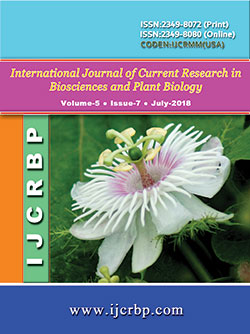 |
Online ISSN : 2349-8080 Issues : 12 per year Publisher : Excellent Publishers Email : editorinchiefijcrbp@gmail.com |
A total of 90 hands belonging to 80 patients were included in the study. They were mostly female (70) and the rest were male (10). There were 30 endoscopic releases, 60 open releases, and 2 endoscopic converted to open release. There were 15 hands complications in 90 hands. The overall complication rate was 12.2%. Complications noted were pillar pain, open tendonitis presenting as De Quervain disease or trigger finger (1 endoscopic surgeries, 1 open surgeries), infection (1 endoscopic surgeries, 3 open surgeries), wound adhesion (3 open surgeries), nerve injury (2 open surgery, 1 endoscopic), complex regional pain syndrome (4 open surgery), and scheduled returns to the operating room (OR) for recurrent, ongoing, or worsening symptoms (1 endoscopic surgeries, 5 open surgeries). In carpal tunnel syndrome, endoscopic surgery was associated with less postoperative pain than open surgery, but the small size of the benefit and similarity in other outcomes make its cost effectiveness uncertain. There were 12 patients (out of 90) in the surgery group had painful or hypertrophic scar or pillar pain. Wound adhesion and pillar pain was the only statistically significant complication found in the study when comparing open with endoscopic carpal tunnel release. This can potentially be prevented in future patients by delaying the removal of sutures and prolonging the use of a protective dressing in patients who undergo open release. There was not a statistically significant increase in overall complications when using the minimally invasive method of release, which is consistent with existing literature.
